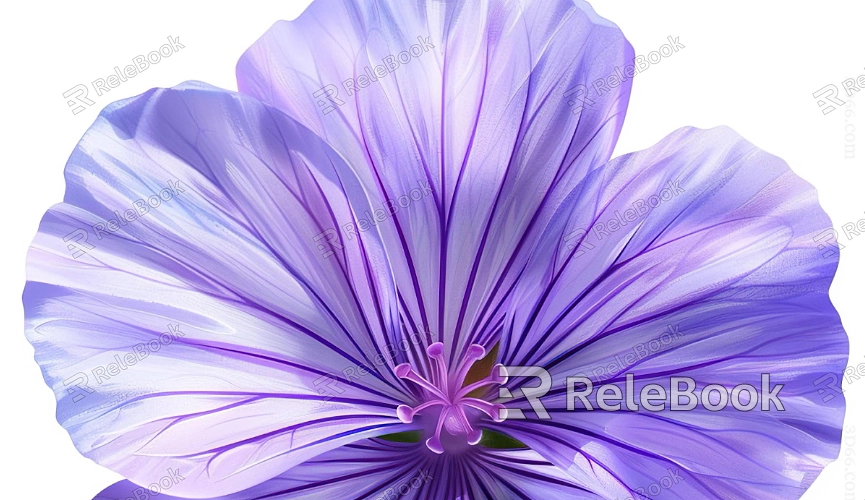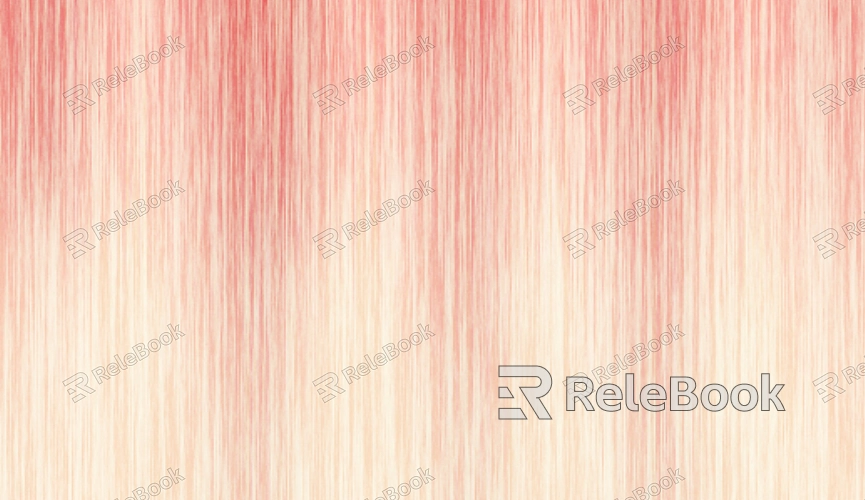How to Change Colors for 3D Model Textures
Adjusting texture colors is a common task in 3D design, from altering the color of a game character’s outfit to tweaking the tone of architectural materials. The ability to modify texture colors flexibly enhances creative options and ensures the design aligns with project goals. Popular 3D tools like Blender, Maya, and 3ds Max offer robust features to make this process efficient and effective. This article explores various methods to change the colors of 3D model textures, enabling designers to achieve their desired visual results with ease.

1. Define Objectives and Prepare Resources
Before diving into color adjustments, it’s crucial to clarify your goals and ensure you have the necessary resources.
Analyze Design Requirements
Identify which aspects of the texture need to be modified. Determine if you aim to change the overall tone or adjust specific regions. Clear objectives will help you choose the most efficient approach.
Check File Formats and Resolution
Ensure the texture files are in formats like PNG or TGA, which support detailed editing. Additionally, confirm that the resolution is adequate for scaling or zooming without losing quality.
2. Use Material Nodes to Adjust Colors
Material nodes provide an efficient way to control and modify texture colors, widely used in modern 3D software.
Add and Configure Nodes
Open the material editor and insert nodes for color adjustment. For instance, in Blender, you can use nodes like MixRGB or ColorRamp to fine-tune texture hues.
Modify Blend Modes and Parameters
Experiment with blend modes such as overlay or multiply, and tweak parameters for more dynamic color changes. For example, use the ColorRamp node to transition the texture’s primary color from warm tones to cooler shades.
3. Edit Specific Areas with Texture Painting
For localized changes, texture painting tools offer precise control over specific parts of a texture.
Create a Mask
Generate a black-and-white mask to isolate the areas you want to edit. In Photoshop, you can use selection tools to highlight target regions and apply a Hue/Saturation adjustment layer.
Apply Color Changes
Use the mask to limit edits to the designated sections. Adjust attributes like hue, saturation, and brightness to ensure the changes blend naturally with the rest of the texture.
4. Leverage Shaders for Dynamic Adjustments
Shaders are instrumental in achieving dynamic, real-time color modifications, particularly in rendering scenarios.
Utilize Gradient Shaders
Apply gradient shaders to create smooth color transitions across a model’s surface. For instance, automotive paint effects often use Fresnel nodes to shift colors based on the viewing angle.
Incorporate Parametric Design
Introduce adjustable parameters into shaders, allowing for quick color customization via sliders. This is ideal for interactive applications like virtual try-ons or product visualization.

5. Accelerate Workflow with Color Adjustment Plugins
For frequent texture editing, dedicated plugins can streamline the process and save time.
Recommended Plugins
Tools like Blender’s Node Wrangler simplify complex material setups, while Substance Painter offers intuitive controls for texture painting and color adjustments.
Leverage Plugin Features
Many plugins include presets for generating specific color schemes or effects. With one-click options, you can effortlessly switch between different design variations.
6. Enhance Visual Appeal with Lighting and Environment
Texture colors often depend on lighting and environmental factors to look their best.
Adjust Light Temperature
Modifying light color temperature can indirectly influence the perceived texture color. Cooler lighting emphasizes metallic surfaces, while warmer tones enhance the natural look of wood.
Use HDRI Maps
Combine HDRI environment maps with your model to create realistic lighting and color reflections. This approach helps display how texture colors change under various lighting conditions.
7. Render and Review the Results
After completing the adjustments, rendering and reviewing the outcome ensures the desired effect is achieved.
Enable Real-Time Rendering
Activate real-time preview modes to observe how the updated colors appear under different perspectives and lighting.
Compare and Fine-Tune
Save multiple versions of the render to compare results with the original design. If needed, return to the material editor or texture painting tool for final tweaks.
By following these methods, designers can efficiently modify 3D model texture colors to meet diverse project requirements. Whether fine-tuning the overall palette or enhancing specific details, these techniques can significantly elevate the visual impact of your models. For high-quality texture resources, SketchUp or 3ds Max models, or even tools to create immersive virtual scenes, Relebook offers a wealth of options to help you achieve stunning results in your projects. Explore their extensive library today to unlock new creative possibilities!

